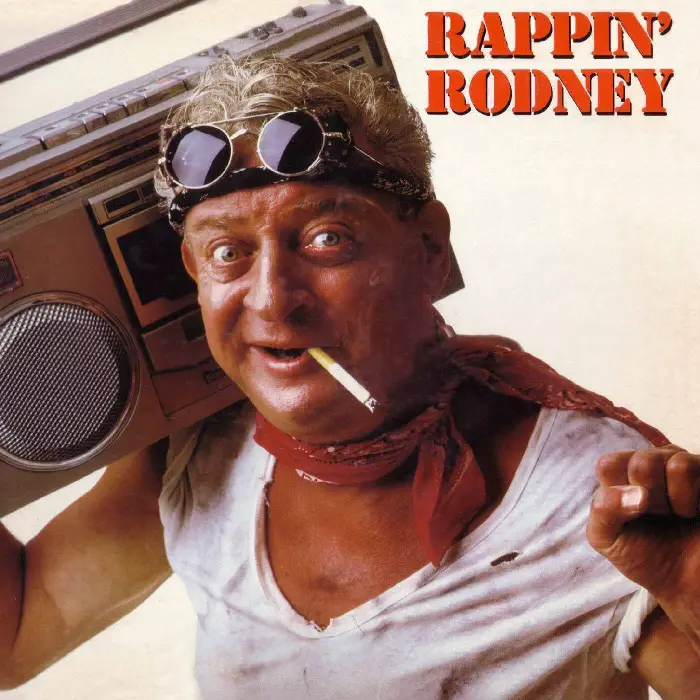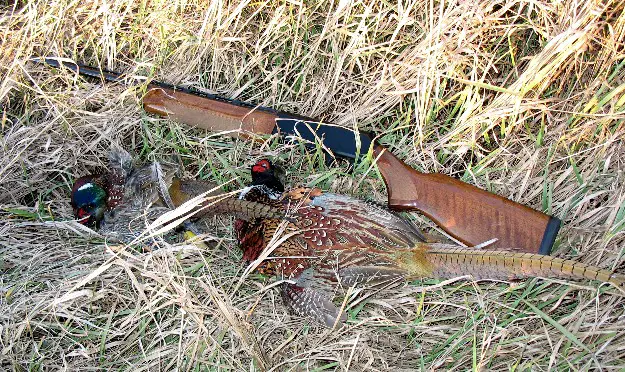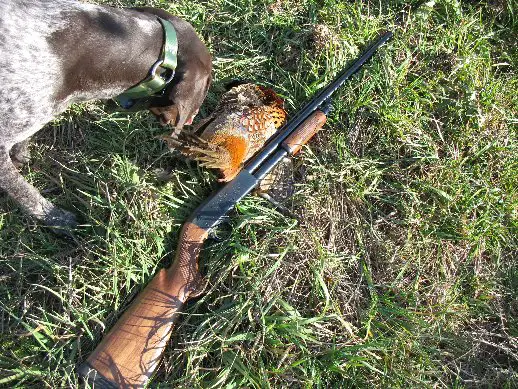


Three Inch 20 Gauge, the Rodney Dangerfield of Shotshells

When it comes to the discussions of gauges and shotshells, the three-inch 20 gauge shell gets a peculiar amount of attention, normally negative. I cannot find any basis for it today; in fact, it is the common availability of three inch 20 gauges that offer some consolation to the future utility of the 20 gauge, particularly considering the unsupported notion that lead is problematic for shotshells in most applications when lead is often a far safer, more ethical alternative to steel shot.
The Winchester Model 21 introduced the three inch 20 gauge shell that was made available to the public in 1954 as the "Western Super-X Magnum." Far from being a recent development, the three inch 20 gauge shell has been with us for 55 years. It was the days of President Eisenhower when the three inch 20 appeared; this was before the U.S. had an interstate highway system approved (Federal-Aid Highway Act of 1956), much less built. Remington didn’t introduce plastic shotshell hulls until 1960; with injection mold and plastics technology primitive compared to what is available today. Hull improvements, wad improvements and powder improvements don’t come along on an annual cycle by any means, but they do come along and the last 40 years has brought improvements in all of these components.
Part of the imagined negative to three inch 20 gauge loads is the old Shot String Myth. It isn’t that shot string doesn’t exist; it does. However, there is a shot string in every shotshell in every gauge. The question is appropriate when talking about pattern thinning due to shot string in a 1-1/4 oz. payload versus a 1 oz. payload and whether the theoretical increase in shot string length means anything in the field.
Shotstring was closely looked at by Sir Gerald Burrard (The Modern Shotgun, Chapters V and VI), who concluded that the negatives of shotshell stringing are slight and of no great importance to the shooter. This was revisted by both Bob Brister and most recently by Winchester Ballistician E.D. Lowry ("The Effect of a Shotstring," American Rifleman, November 1979.) On of Mr. Lowry’s first assignments at Winchester was to find a consistent way to measure shot string length. Mr. Lowry did just that, by reconstructing shotstrings from high-speed film footage of some sixty shot strings as they passed through lead foil at 40 and 60 yards. Though accurate, it required several hours of work to recontruct just one shotstring. From that work, he developed "Shot String Factor."
Where Burrard felt that the common variations of pellet size were an important cause of shot-stringing, Lowry and Winchester fired one eighth inch steel ball bearings. Lowry discovered that pellet variations were not the primary cause. It was instead the way individual pellets left the protection of the undisturbed shot cloud during the first few yards from the muzzle. In terms of pattern percentage loss, the differences were small between the tested loads. The worst of the bunch was a steel load at 55 yards, though Lowry tabulated data from lead, buffered lead, and steel loads from 40 to 65 yards in five yard increments. The pattern percentage loss to shot stringing to a target moving directly across the line of fire at 55 mph (80.66 ft. per second) was from 3% to 6%, the worst case of 6% being the steel load mentioned. The purpose of Lowry’s article was to reassess Burrard’s claim that shot string was of little practical concern. Lowry, after all of his work, was able to show that Burrard was right.
This 3% - 6% pattern loss is of course the worst-case scenario, a target at range, flying directly across the line of fire at high speed. The slower your target moves, the less the effect of stringing. The closer your target is, the less the effect. Any deviation from the 90 degree crosser decays the shot string effect, to the point where an incoming or outgoing target is obviously not affected by shotstring length. Subsequent testing has revealed that a few things do shorten shotstring length, from shot buffering to tighter chokes. Neither matter more than a couple of percent, though, so the real-world benefit of shorter shot string is even smaller than the miniscule problem was in the first place.


It was a Winchester 1-5/16 oz. #5 shot three inch shell (#STH2035) that did a number on this rooster out of the current production Ithaca Model 37 20 gauge. Buddy the wonderdog admires either the new Ithaca or the pheasant, I'm not sure which one.
After all this, back to the better three inch twenty gauge loads. Due to the advances in propellants, buffering and wad materials, there are a couple of loads today for the 20 gauge far more advanced than the loads introduced 50 years ago. I’m referring to the Winchester STH 2035 1-5/16 ounce #5 shot loads and the Federal PFC 258 1-5/16 oz. #5 shot loads. Both are spectacularly good 20 gauge loads (as tested in Browning Gold, Silver, A-5 20 Mag, B-80, and Beretta A303 shotguns), often surpassing the patterns of common 1-1/4 ounce 12 gauge loads.
There
are several reasons for this. The moderate muzzle velocities (Win. = 1200fps,
Fed. = 1185 fps) give higher patterns than high velocity loads, the buffering
helps and so does the quality of the shot. Having 31% more pellets than
a standard 2-3/4 in. 20 gauge hunting shotshell is more than substantial.
We still have to pattern our shotguns with the shells we intend to use
at the distances we intend to shoot at. Nothing eliminates that. If you
do, it will become self-evident how effective a 20 gauge can be and how
wrong the shot string myth is. The
inscription on the tombstone of Rodney Dangerfield reads, "There
Goes The Neighborhood." Rodney had a point. If you use the Rodney
Dangerfield of Shotshells, your local pheasant population will get it.
Copyright 2011 by Randy Wakeman. All Rights Reserved.

Custom Search

Custom Search



